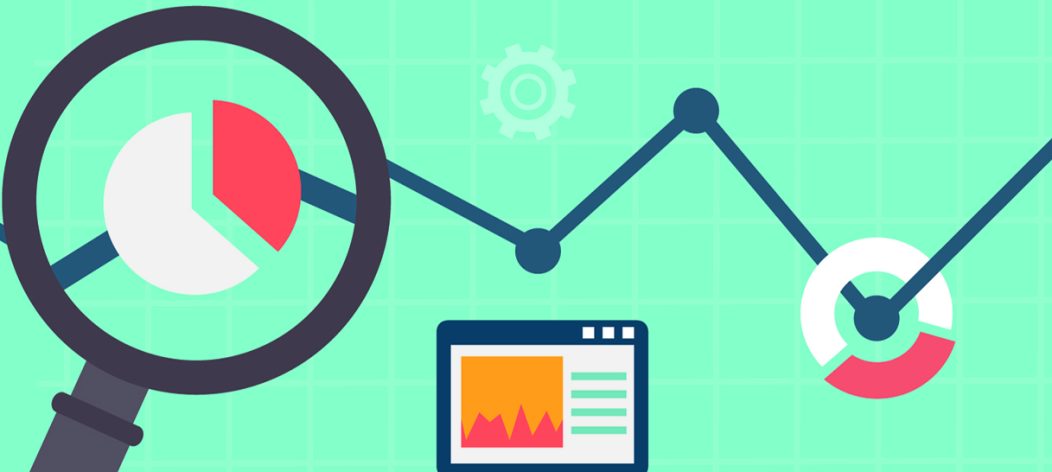10 metrics to make up your PR measurement ‘stack’
Measurement has long been the Achilles Heel of PR. Thankfully the days of AVEs are passed, but many have struggled to replace these comforting, if meaningless, financial figures with frameworks and metrics that make sense to businesses. The thing is, there’s no one ‘magic bullet’ metric. But, with some thought, it’s wholly possible to create a solid PR measurement setup to satisfy comms and business leaders alike.
Great measurement starts where you might expect – at the start. Too often I see organisations setting out with vague or unfocused objectives to ‘get coverage’ or ‘raise awareness’ without a deeper understanding of what they actually need to achieve with PR. If you don’t know what you’re trying to do, then setting out to measure it is naturally impossible. And setting worthwhile objectives means gaining a deeper understanding of your starting point.
The reason PR objectives are often vague or simplistic is because insight is often scarce. Do you know what your audience actually knows and thinks about you? Maybe your challenge isn’t awareness, but perception. Or perhaps your target buyers don’t know you operate in their space. Yes, most organisations could do with a bit more ‘awareness’ but going deeper than this means better objectives, better strategies and better measurement. Thankfully today, insight doesn’t always need to mean hugely expensive research. Powerful media and social media tools, interviewing customer-facing staff and conducting small group research are just a few cost-effective ways to build a clearer understanding of the ‘job to be done’.
Knowing what needs changing will usually make what you need to measure very clear. Building a solid measurement framework is the next step. The Barcelona Principles provide a great framework to start building this – breaking things down into outputs, outcomes and impact. To help, we’ve also outlined our top 10 PR metrics below:
- Top tier exposure: Few PR people can act cool when a client is finally featured in the FT. ‘Top tier’ coverage is a boon for comms leaders and stakeholders alike. While we know the FT reaches the cream of the business crop, what other titles are actually worth targeting for your brand? Too often a broad-brush approach is applied to media targeting. Use tools to understand audience profiles, readership, Domain Authority (DA) and the quality of output. Use this insight to build a map of the media where you need to be and measure when you are featured. Crucially, make sure stakeholders understand the targets and why they have made the cut.
- Exposure quality: A dedicated feature piece is of course more valuable than a single brand mention in capturing attention. Measuring the quality of exposure is an important part of understanding how your brand is being featured and the level of impact you are having. Some factors to look at include: coverage type (bylines, features, profiles, etc.), extent of coverage (mention, quote, multiple quotes, full feature, etc.) and how well key themes/messages are covered.
- Reach (IRL): We’ve all seen campaign reports with spurious figures of campaign ‘reach’ or ‘circulation’ heading into the multi-millions. Thankfully today such stats are getting the eyerolls they deserve from savvy comms professionals, and great new evaluation tools, like Coveragebook, are helping PR pros create realistic views of how many people are actually likely to have read a piece of content. Until every media site is completely open about its site engagement data, these algorithmic estimates can provide a realistic campaign reach statistics that won’t see you laughed out of the boardroom.
- Share of voice: Starting out as an AE cutting out newspaper clippings, the power of today’s media monitoring platforms is incredible. Being able to search and interrogate huge reams of media exposure in seconds means that competitor intelligence is now more accessible than ever. Share of voice measurement has boomed as a result as brands look to track progress against their closest competitors. This is a great indicative metric we track for clients to see who is shouting loudest as well as what we can learn from competitor activities. Given monthly peaks and troughs we review and set share of voice growth targets annually.
- Topic ownership: An extension of share of voice is topic ownership – again something made eminently easier to track with powerful media monitoring tools. Topic ownership is essentially tracking brand cut through around specific topics or terms featured in the media. For example, how ‘loud’ is your voice on the topic of AI and how does it compare to your competitors’? This view can help you track if you’re pushing enough on a particular topic and how much impact you are having.
- Awareness and perception: Unsurprisingly, the best way to understand if you’re making progress against awareness or perception objectives is to ask your audience what they think. Widescale end user research as a ‘brand tracker’ is invaluable in uncovering the real story behind your PR challenges and the impact of your efforts. The downside is it can be expensive and needs to be done at least annually meaning too few brands are prepared to invest the money.
- Links and visitors: There’s a temptation in some quarters to see backlinks as the silver bullet to measuring the impact of PR. Of course, backlinks are a great measure but they certainly don’t tell the whole story. Getting a backlink is great, and aligning PR and SEO efforts is always worthwhile, but isolating the ‘Google juice’ impact of an individual piece of coverage is an exercise in futility. Likewise, while tracking referral traffic from backlinks is worth doing, we tend to find referring traffic from articles for B2B brands is tiny compared to the ‘influenced audience’ that actually read the article. So, measure backlinks, but avoid presenting them as a central metric of success.
- Branded search and direct traffic: Correlating web traffic around big campaigns is another great way to show how wider awareness is impacting site impressions. As well as tracking spikes around campaign launches and growth over time, some tools like Meltwater will now allow Google Analytics (GA) integration so you can look at coverage, reach and other stats in the same graph as overall web visits and referral sessions.
- Social engagement: Social has added huge additional reach for PR efforts as well as a great way to track engagement around key articles featuring clients. Most leading-edge monitoring tools now integrate social sharing and engagement stats so you can track how far articles are going on Twitter, etc. as well as how people are reacting to the content.
- Attributable pipeline: Drawing a direct line from some media exposure to a sale is the holy grail for most B2B comms professionals, but it’s rarely a straightforward exercise. You’ll get the odd anecdote from sales teams that someone reached out having read an article, but such anecdotes won’t keep your PR budgets flowing. The best way to pipeline nirvana is by following Octopus Group’s mantra: Brand to Sales. Or in other words, integrate, integrate, integrate.
Integrated campaign thinking allows you to string together a clear market message and creative ‘across the funnel’ and draw a red thread all the way from your early-stage awareness activities, through demand generation, nurture, opportunity and sale. This ‘full funnel thinking’ aligns marketing activities and lets you demonstrate the impact of all parts of the mix in driving marketing and business success. Brand to Sales means driving greater ROI and makes an easier job of measuring that impact.

